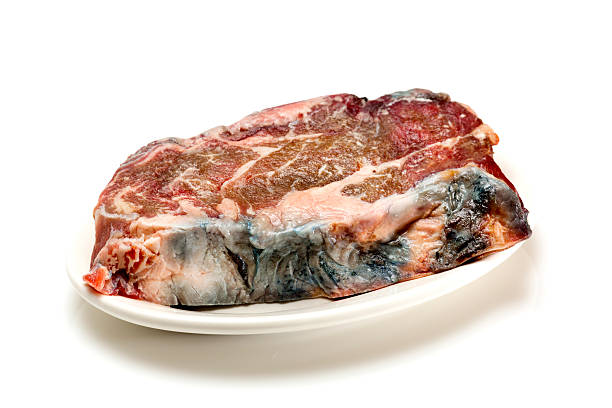How to Identify Spoiled Meat
Identifying spoiled meat is crucial for ensuring food safety and preventing foodborne illnesses. Spoiled meat can pose serious health risks, so it’s essential to know how to recognize the signs that indicate meat is no longer safe to eat. Here are the key indicators to look for:
(How to Identify Spoiled Meat)
**1. Unusual Odor
- Off-Putting Smell: Fresh meat should have a clean, slightly metallic smell. If the meat develops an off-putting odor, such as a sour, rancid, or ammonia-like smell, it is likely spoiled. The presence of a strong, unpleasant odor is one of the most reliable signs of spoilage.
**2. Texture Changes
-
Slimy or Sticky Surface: Fresh meat should have a firm texture and be slightly moist but not slimy or sticky. If the surface of the meat feels slimy or sticky, it indicates bacterial growth and spoilage. The texture change often accompanies other signs of spoilage.
-
Dry or Tacky Texture: Conversely, if meat becomes excessively dry or tacky to the touch, it could be a sign of age or improper storage conditions. While not always indicative of spoilage, such texture changes should be evaluated alongside other signs.
**3. Color Changes
-
Discoloration: Fresh meat has a bright, uniform color. Meat that has turned brown, gray, or green may be starting to spoil. Although color changes can occur naturally due to oxidation, significant or uneven discoloration is a red flag.
-
Dark Spots or Patches: Dark or black spots on the meat may indicate localized spoilage. These spots can be caused by mold or bacterial growth and should be treated as a sign of spoilage.
**4. Packaging Issues
-
Broken or Leaking Packaging: If the meat’s packaging is leaking, bloated, or damaged, it can compromise the meat’s freshness and safety. Leaking packaging can lead to contamination and spoilage, while bloating can indicate bacterial activity.
-
Improper Seals: Ensure that vacuum-sealed or pre-packaged meat has an intact seal. A compromised seal can allow air and bacteria to enter, leading to spoilage.
**5. Presence of Mold
- Mold Growth: Visible mold on meat is a clear sign of spoilage. Mold can appear as fuzzy or discolored patches and indicates that the meat is no longer safe to consume. Mold growth is often accompanied by an off-putting odor.
**6. Taste Test
- Unusual Flavor: If you notice any off flavors when tasting the meat, it is likely spoiled. However, relying on taste alone is not the safest method for identifying spoilage, as some harmful bacteria do not affect flavor.
Prevention and Best Practices
-
Proper Storage: To prevent spoilage, store meat at the correct temperature. Refrigerate raw meat at or below 40°F (4°C) and freeze it if you do not plan to use it within a few days. Proper storage helps maintain meat’s freshness and prevents bacterial growth.
-
Check Expiration Dates: Always check the expiration date or use-by date on meat packages. Even if the meat looks and smells fine, it is essential to adhere to these dates for safety.
-
Safe Handling: Practice good hygiene and proper handling techniques to minimize the risk of contamination. This includes washing hands, utensils, and surfaces that come into contact with raw meat.
Conclusion
Identifying spoiled meat involves looking for signs such as unusual odor, texture changes, color changes, and packaging issues. By being vigilant and adhering to proper storage and handling practices, you can ensure that the meat you consume is safe and of high quality. For more tips on meat safety and handling, explore our related articles on Storing Meat Properly and Preventing Meat Spoilage.
